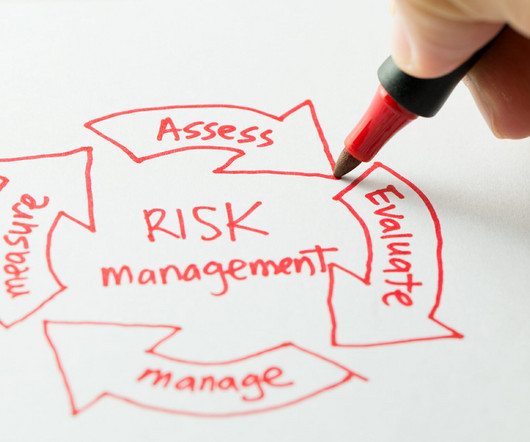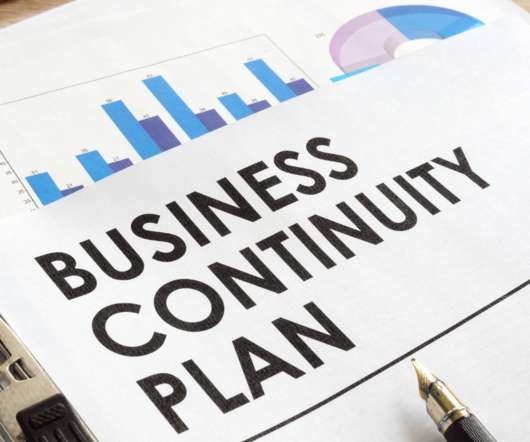Getting Started with Enterprise Risk Management
MHA Consulting
MARCH 14, 2024
In today’s post, we’ll take a look at how organizations can get started using Enterprise Risk Management (ERM) to reduce their exposure and improve their resilience. It helps organizations reduce risk, outages, impacts, and costs, such as insurance costs. ERM is all about reducing. ERM also increases a few things.






























Let's personalize your content